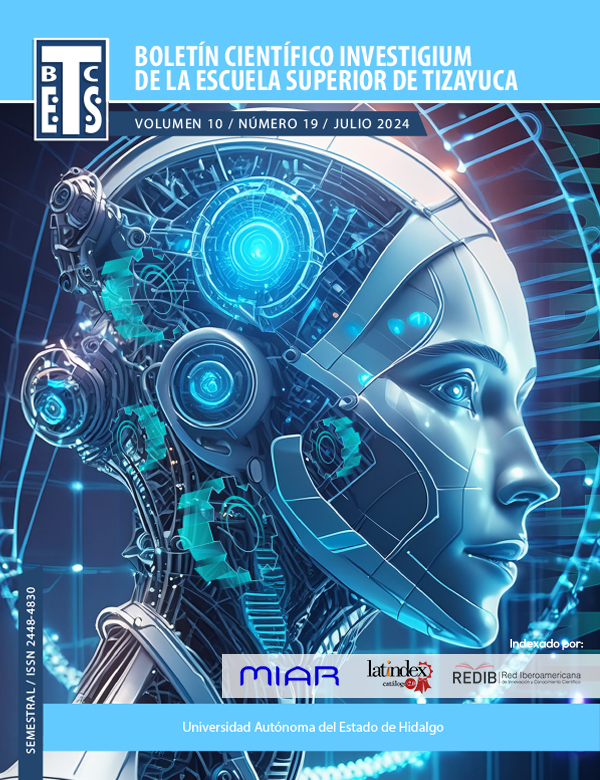Análisis de las interconexiones entre actores clave de la cadena de suministro del turismo
DOI:
https://doi.org/10.29057/est.v10i19.12451Palabras clave:
turismo, cadena de suministro del turismo, análisis de redesResumen
Si bien el turismo es un sector fragmentado y disperso geográficamente, la cadena de suministro turístico (TSC) desempeña un papel fundamental en la producción y entrega de bienes o servicios turísticos al consumidor final. El objetivo principal de este artículo es analizar las interconexiones entre los actores clave que intervienen en dicha cadena. Mediante la utilización del análisis de redes como metodología, y utilizando la herramienta UCINET 6, este enfoque posibilita la identificación de patrones de colaboración, dependencia y flujo de información que caracterizan al sistema turístico.
Descargas
Citas
Alkier, R., Milojica, V., & Roblek, V. (2023). The complexity of the tourism supply chain in tthe 21st century: a bibliometric analysis. Kybernetes, 52:5480-5502. DOI:10.1108/K-03-2022-0430.
Baggio, R. (2008). Symptoms of Complexity in a Tourism System. Tourism Analysis, DOI:10.3727/108354208784548797.
Baggio, R. (2013). Complexity, Network Science & Tourism. Obtenido de Innsbruck: IFITT Education Group: https://www.iby.it/turismo/papers/rb_TourNetSci(IFITT).pdf
Borgatti, S. P., & Johnson, J. C. (2013). Analyzing Social Networks. Sage Pbns Ltd.
Borgatti, S., M.G, E., & Freeman, L. (2002). Ucinet 6 for Windows: Software for Social Network Analysis. Harvard, MA: Analytic Technologies.
Buhalis, D., & Laws, E. (2001). Tourism Distribution Channels: Patterns, Practices and Challenges. London: Thomson. ISBN 0826454704.
Carrington, P. J., Scott, J., & Wasserman, S. (2005). Models and Methods in Social Network Analysis. New York: Cambridge University Press.
Holgado, D. (2016). Analyzing Social Networks. Revista Hispana para el Análisis de Redes Sociales, 2(27):141-145.
Jafari, J. (2005). The Scientification of Tourism. Política y Sociedad, 42(1):39-56.
Leiper, N. (1979). The Framework of Tourism: Towards a Definition of Tourism, Tourist and the Tourist Industry. Annals of Tourism Research, VI(4):390-407.
Muñoz Machado, A. (2005). Logística y Turismo. Madrid: Diaz de Santos.
ONU TURISMO. (03 de marzo de 2024). UN TURISM. Obtenido de Tourism – an economic and social phenomenon: https://www.unwto.org/why-tourism
Page, S. J. (2003). Managing for chance.Buttherwoeth-Heinemann. Tourism Management.
Piboonrungroj, P., & Disney, S. (2009). Proceedings of the Phd Networking Conference on Exploring Tourism III. Tourism supply chains: A conceptual framework. (págs. 132-149). Nottingham, UK: Julio 1-2.
Sigala, M. (2008). A supply chain management approach for investigating the role of tour operators on sustainable tourism: The case of TUI. Journal Cleaner Production, 16:1589-1599.
Sinclair, T. M., & Stabler, M. (1997). The Economics of Tourism. London: Routledge.
Song, H. (2012). Tourism Supple Chain Management. London: Routledge.
Varisco, C. (2007). Sistema Productivo Turístico y Desarrollo Local. Ciencias Sociales Online, IV(2):15-36.
Zhang, X., Song, H., & Huang, G. (2009). Tourism supply chain management: A new research agenda. Tourism Manage, 30:345-358.


















